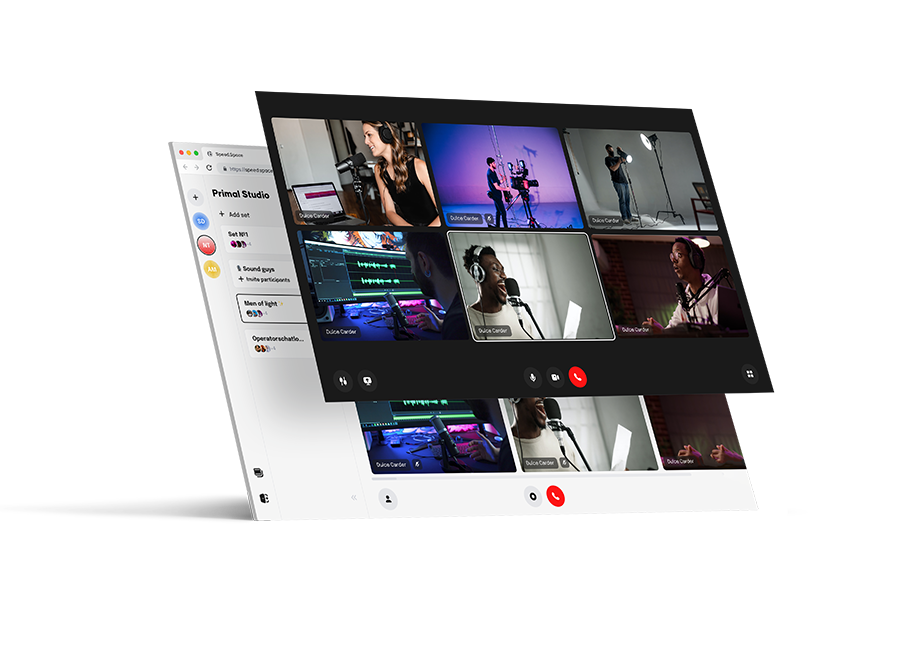In today’s competitive digital environment, mid-size companies must adopt smarter marketing practices to thrive. If you’re a marketing manager aiming to drive sustainable growth, knowing how to build a digital marketing strategy that delivers measurable impact is essential. With limited budgets and high expectations, you need more than just ads you need a structured and repeatable system.
This comprehensive guide breaks down the digital marketing plan steps mid-size brands can follow to increase visibility, generate qualified leads, and maximize ROI. We’ll also take a closer look at how Care N’ Care, a regional health plan provider, successfully applied these principles to outperform its competition.
Why Digital Strategy Is a Must-Have for Mid-Size Brands
For mid-sized businesses, a well-defined B2B digital strategy bridges the gap between ambition and execution. You’re expected to scale growth without the luxury of large enterprise resources. A digital strategy brings structure to your marketing, ensuring every campaign is focused, consistent, and designed to deliver ROI.
When you know how to build a digital marketing strategy, you gain a clear sense of direction along with the flexibility to adapt in fast-changing markets. It’s not just about getting online; it’s about showing up where your audience already is, with messaging that compels them to take action.
Step 1: Define Your Marketing Goals with Precision
The first and arguably most crucial of all digital marketing plan steps is to set specific, measurable goals. Without a clear destination, your marketing efforts are likely to feel scattered. These goals must tie directly to business objectives—whether it’s generating leads, increasing online sales, expanding market share, or retaining more customers.
In the case of Care N’ Care, their goal wasn’t vague like “grow awareness.” They defined success as increasing Medicare Advantage enrollments by 30% in targeted regions. That singular focus drove all campaign planning, budget allocation, and creative decisions.
When marketing goals are aligned with business goals, every piece of your strategy—from channel selection to content production works more efficiently.
Step 2: Know Your Audience Inside and Out
No strategy works if you don’t fully understand who you’re targeting. A successful B2B digital strategy begins with a deep dive into your customer’s mindset what they need, what they value, and how they make decisions.
Understanding your audience allows you to create personalized messaging across multiple stages of the buyer journey. For Care N’ Care, segmentation was key. They categorized their audience into first-time Medicare enrollees, caretakers assisting loved ones, and returning customers reevaluating options. Each group received a customized message, tailored landing pages, and personalized follow-up workflows.
The more you know your audience, the more relevant your strategy becomes—and relevance is what drives results.
Step 3: Audit Your Existing Digital Presence
Before adding new tactics, evaluate your current assets. A thorough audit is one of the foundational digital marketing plan steps because it reveals what’s already working and what’s not. This includes reviewing your website performance, SEO status, social media engagement, paid advertising results, and analytics data.
A strong audit identifies content gaps, poor conversion points, outdated creatives, or technical issues that are affecting performance. For many mid-size brands, this step uncovers surprising insights like high bounce rates on mobile, ineffective landing pages, or underused blog content that could rank better with minor updates.
The audit is not just about identifying problems. It’s about finding opportunities to enhance your ROI digital strategy before spending a dollar on new campaigns.
Step 4: Develop a Content Strategy that Drives Results
Content is the engine behind all digital channels, and a strong content strategy ensures that engine runs smoothly. High-quality content can attract traffic, build trust, convert leads, and support sales all while providing long-term value.
Content should not be created randomly. It should align with every stage of the funnel from awareness to decision and answer real questions your audience is asking. This is especially important in a B2B digital strategy, where buyers are often skeptical and need more education before making a decision.
In Care N’ Care’s campaign, content included informative landing pages, educational videos, blog articles addressing Medicare FAQs, and email nurture sequences. This full-funnel content approach not only improved engagement but significantly increased conversion rates.
Building a strategic and cohesive content strategy ensures that every message contributes to your overall goals and maximizes the value of your content assets across all platforms.
Step 5: Choose the Right Channels for Your Brand
Not all marketing channels are created equal. A critical part of how to build a digital marketing strategy is selecting the channels that align with where your audience spends their time and how they prefer to engage.
While some mid-size brands may thrive on Google Ads, others may find better traction through LinkedIn, email campaigns, or organic social. The goal is to focus your resources on platforms that consistently drive quality leads and conversions.
In Care N’ Care’s case, Facebook and Google Display ads were effective at generating awareness among seniors, while email and remarketing tactics drove conversions. This selective, data-driven approach helped improve their cost efficiency while still expanding their reach.
The right channel mix is different for every brand but what’s important is that it’s driven by your goals, your audience, and your ROI digital strategy.
Step 6: Use Automation to Scale Your Efforts
As your strategy becomes more complex, automation becomes essential. Marketing automation tools allow you to manage campaigns, segment audiences, and personalize experiences without requiring manual effort at every step.
A smart automation system supports lead nurturing, follow-up communication, campaign scheduling, and A/B testing. It can dramatically improve your conversion rate by ensuring timely, relevant interactions with your audience.
In the Care N’ Care campaign, automation tools were used to deliver appointment reminders, segment email flows, and trigger follow-up messaging based on user behavior. These workflows helped shorten the sales cycle and improve close rates.
When implemented correctly, automation is a critical pillar in a scalable digital marketing plan.
Step 7: Track Performance and Optimize Continuously
The final stage in building a successful strategy is ongoing optimization. A good strategy is never static it evolves based on performance data and market feedback.
Track key performance indicators like cost per lead, return on ad spend, organic search visibility, email engagement rates, and customer lifetime value. These metrics allow you to evaluate which elements of your plan are working—and where improvements are needed.
The Care N’ Care team reviewed their data weekly and adjusted in real-time, such as refining ad creative, updating landing pages, and reallocating budget based on conversion trends. This approach led to a 3.8x return on ad spend and a 27% lift in conversion rates.
Measurement is what separates guessing from growth. It’s what transforms your campaign from an idea into a high-performing ROI digital strategy.
Case Spotlight: The Care N’ Care Success Story
To demonstrate the power of a structured digital plan, the Care N’ Care campaign provides a real-world example of success through strategic execution.
With clear goals, deep audience insights, a targeted content strategy, and the right mix of channels, the brand saw impressive improvements across the board. Their use of automation tools and weekly optimization cycles contributed to a 42% faster lead-to-close rate.
This case illustrates that a mid-size brand, with the right tools and strategy, can outperform national competitors by being more agile, personalized, and data driven.

Conclusion
If you’ve been wondering how to build a digital marketing strategythat drives business growth, the steps are now in front of you. It’s not about doing everything it’s about doing the right things in the right order.
By following structured digital marketing plan steps, defining clear goals, building a compelling content strategy, selecting the right channels, and measuring results, mid-size companies can create sustainable, scalable growth even in competitive industries.
The key is consistency. Make strategy a habit, not a one-time initiative. Your digital presence should evolve as your business does and with the right strategy, you’ll stay ahead of the curve.












